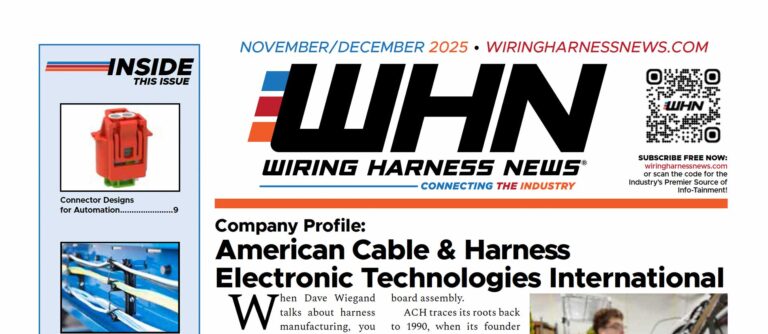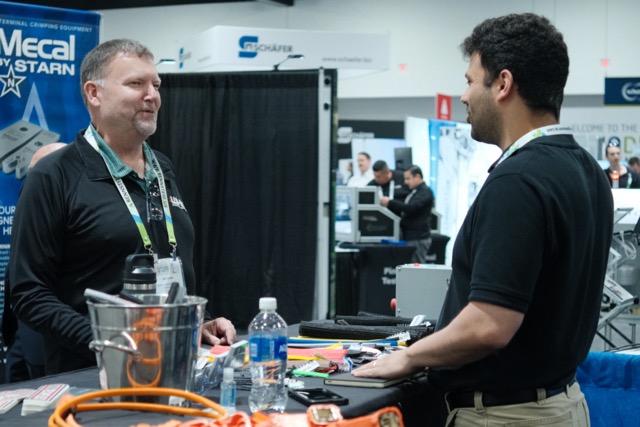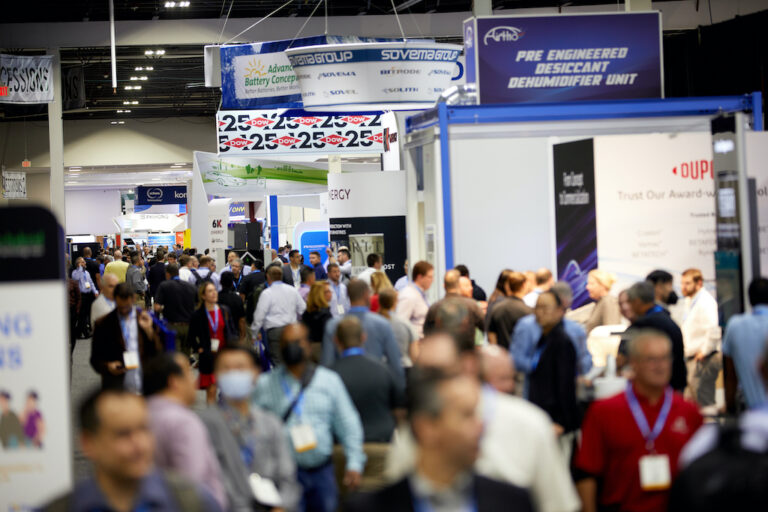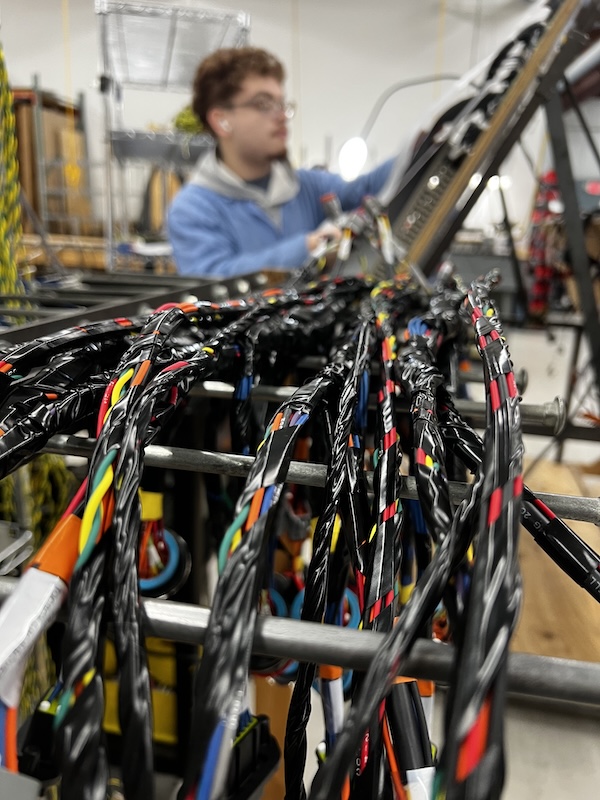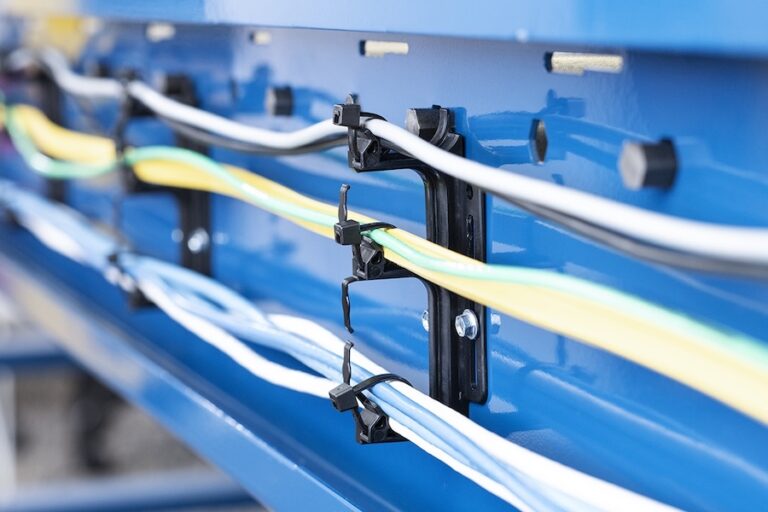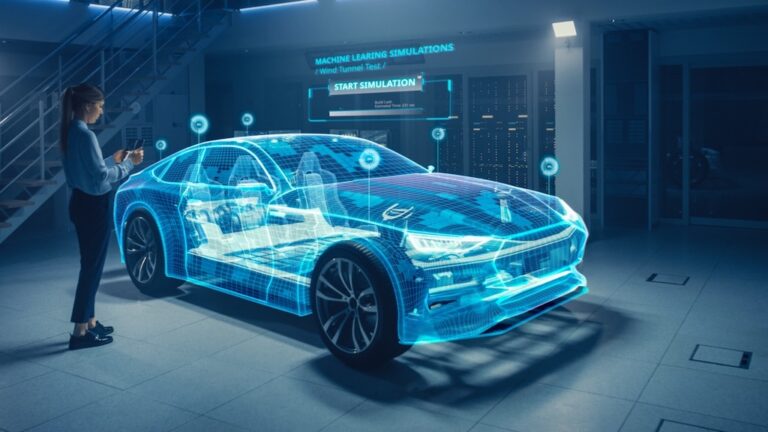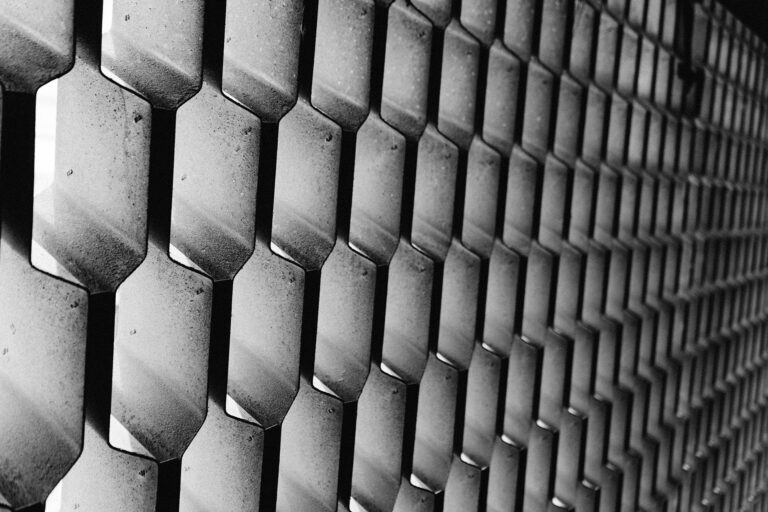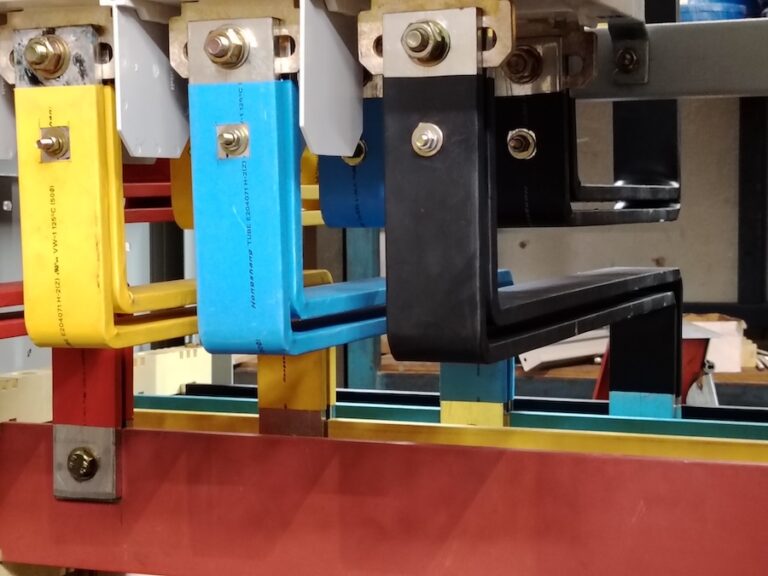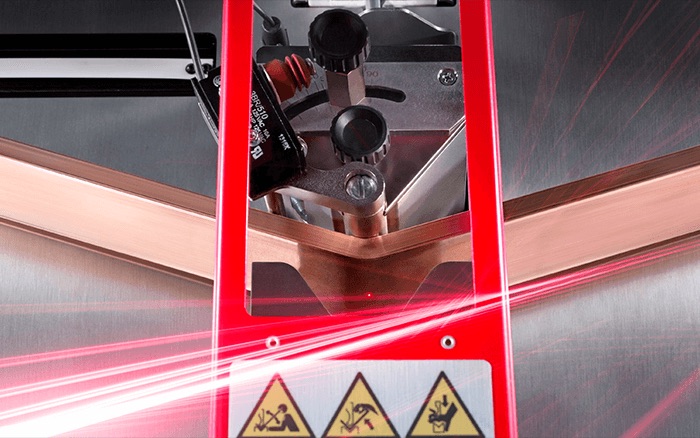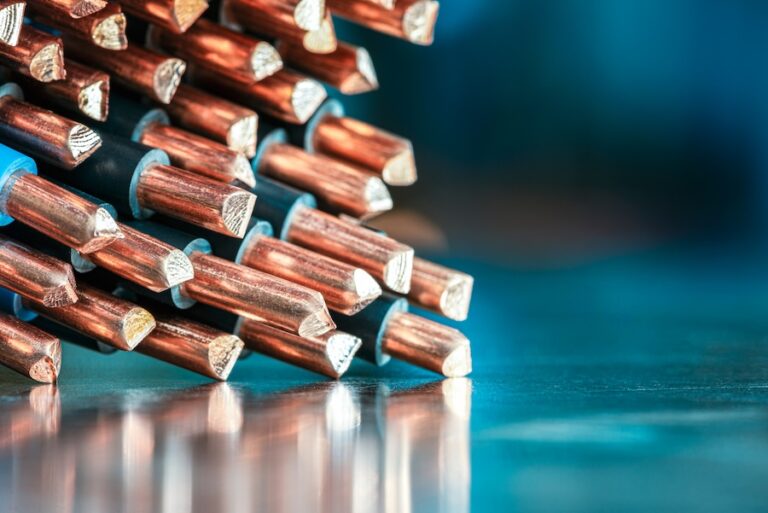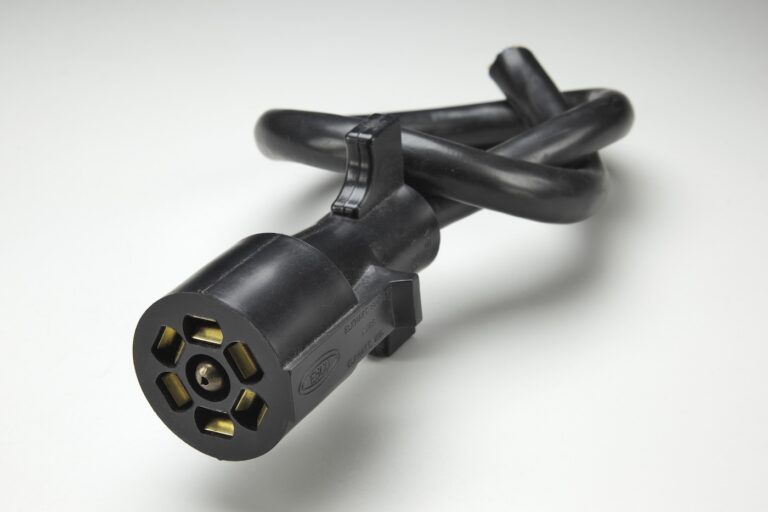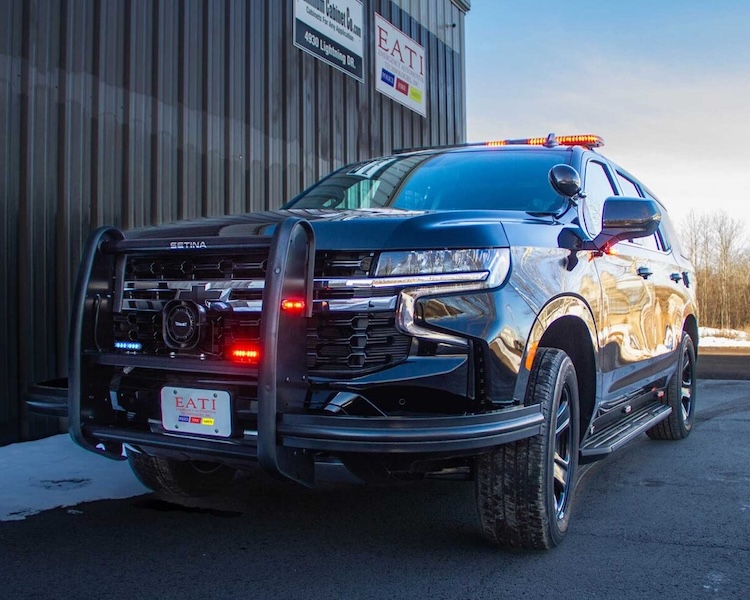The automotive industry is constantly striving for design efficiency. It’s often a harbinger of the future for other products and industries. At the Automotive Wire Harness Conference in Dearborn, Matt Schroeder walked the audience through some examples of OEM architectures he has studied that reveal important trends. Matt is a consultant with Caresoft, a global engineering and benchmarking company. One of Caresoft’s offerings is to perform vehicle teardowns to identify waste and overall design fitness. They do this not on a component basis, but on a system basis. Caresoft looks from the outside in, identifying waste and avoidable costs. Matt has spent a great deal of time analyzing the electrical systems of their OEM customers. In an interview, he reviewed his presentation and made some salient observations on overall trends.
In analyzing wiring systems, or any system for that matter, Matt stressed that they are looking for inefficiencies in many ways. First, they look at things from an integration basis, or how things are put together. They also analyze things from a specification basis—is the design over specified. Design for assembly is another important metric for Caresoft. Finally, they look at systems from an overall product complexity standpoint.
Before getting into the detailed schematics of a sampling of OEM’s, Matt discussed some overall trends towards eliminating waste in automotive electrical systems. “We see where the arch is moving in the automotive industry (fig 1) away from the conventional architecture to the current domain-based architecture.
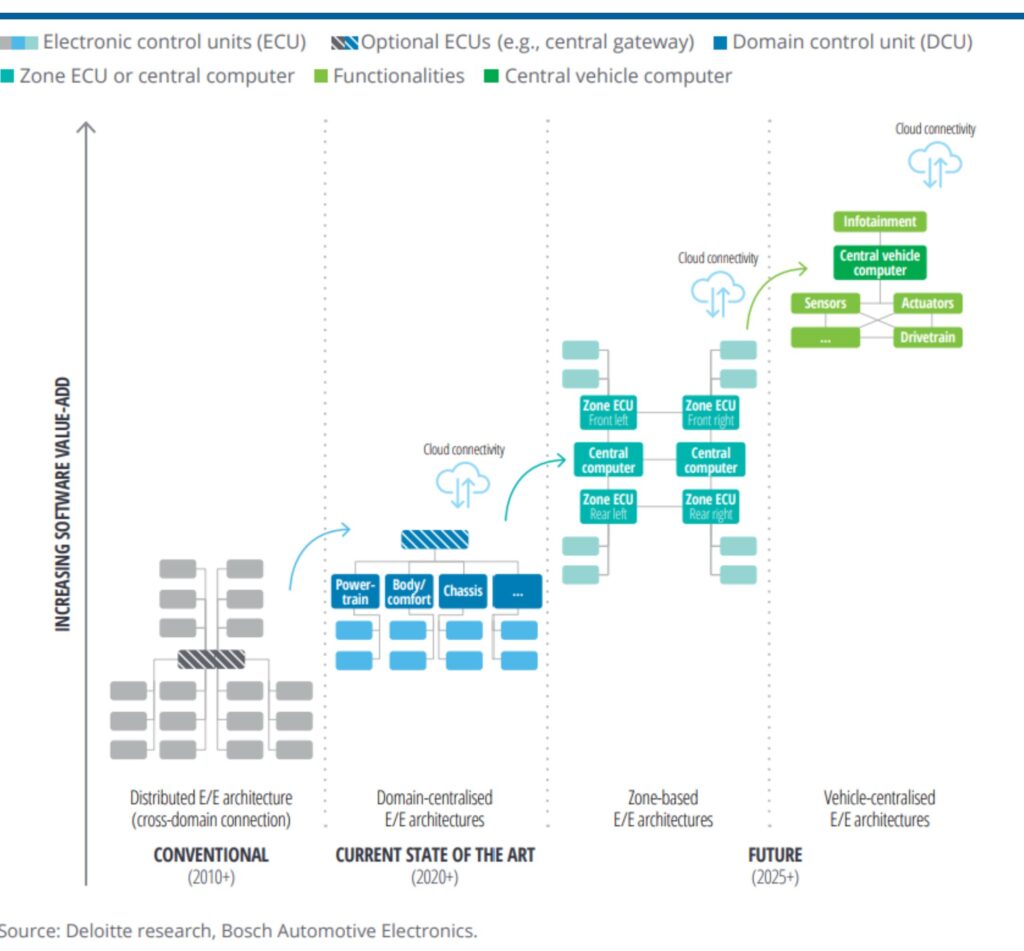
Figure 1. The move towards domain-based architecture.
With current architectures, you have a box (ECU) for a power lift gate, a box for the HVAC system, etc., and they are all linked together by some type of CAN bus.” Matt sees the trend moving towards the right as the domain-based concept is developed further. This is driven mostly by two companies, Tesla and Lucid. “There are others working towards this but in our teardowns, this is what we are seeing.”
Matt made a special point to note that Caresoft’s analysis does not really deal with the quality of the harnesses from the various OEMs, and that the actual quality of the assemblies they encounter it quite high across the board. Instead, their task is to point out inefficiencies for their OEM customers. “This isn’t an about quality. We are looking for where the industry is moving in terms of efficiency, cost reduction and innovation.”
In the first example, (fig. 2) Matt took a generic look at a typical architecture.
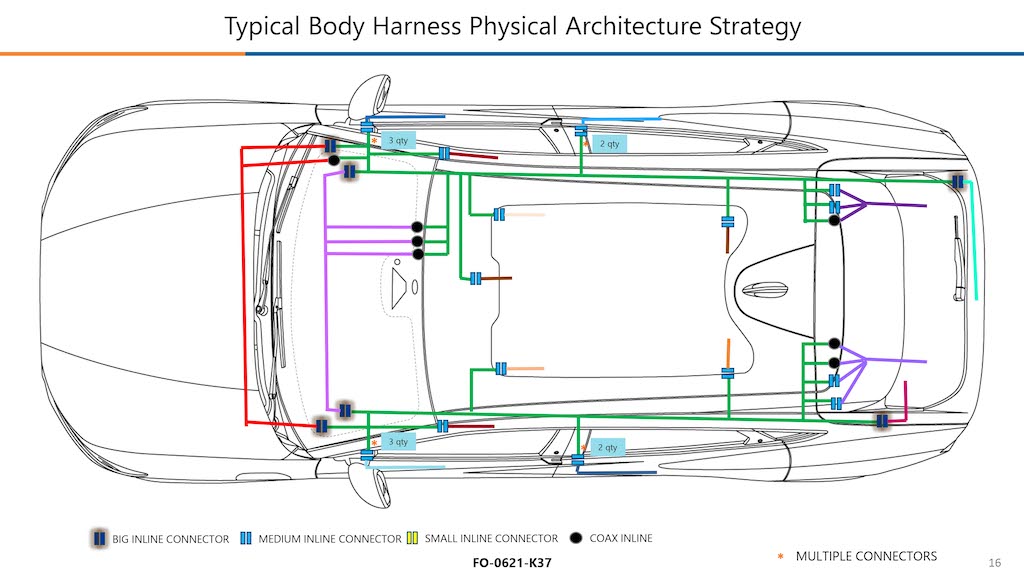
Figure 2. Typical body harness architecture structure.
The green represents the main body harness with red being the front or engine compartment and the magenta representing the IP harness. “Towards the edges you see how these harnesses connect to things like door panels, front and rear facia, A and B pillars to overheads, liftgate etc. You have all these different body harnesses, and they are segmented by how the vehicle goes together on the assembly line.”
This architecture, as Matt noted, forces multiple interconnects (Big Inline Connectors). “Interconnects lead to extra work, extra costs and extra potential warranty issues. And the customer doesn’t get anything for it. When you plug in a light, the customer gets a light. When you plug in a module, the customer gets a processor to do something. When you make a connection because of the partition of the vehicle, you don’t pick up any function. It’s enabling the car to work but it doesn’t add a feature or function for the customer.” Matt makes an important delineation between high-value and low-value costs. “Whether it’s on a vehicle or a piece of farm equipment, we are looking to find the most value with the least interconnects because they don’t add value.
Matt moved on to the Rivian example in figure 3 and noted that although it’s a relatively new EV with some exciting marketing, there really is nothing revolutionary about the harness design.
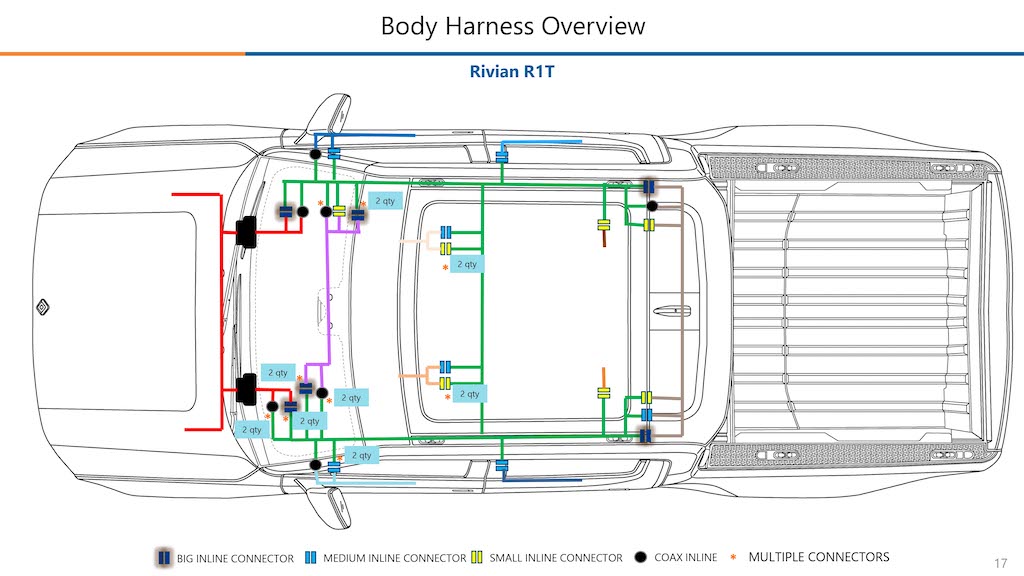
Figure 3. Rivian body harness overview.
He noted a structure likely guided by assembly protocol with a traditional body harness, multiple IP harnesses and peripheral harnesses not unlike the generic example. “Again, this is not to say the vehicle is bad—it’s not about quality—it’s just about where we are moving from an efficiency standpoint,” he insisted.
Next was the Hummer, a ground-up EV build from GM (fig. 4).

Figure 4. GM Hummer EV body harness overview.
“This one is a little more unique where you see the green body harness extending from the front, all the way to the rear of the vehicle through the center. It branches out to the doors, with no separate front compartment harness. They’re getting rid of that front compartment harness by extending the body harness out. It allows you to eliminate those interconnects and represents a good cost savings. It shows GM is thinking about the harness in a much broader sense.”
The Volkswagen VW ID.4 is depicted in figure 5.
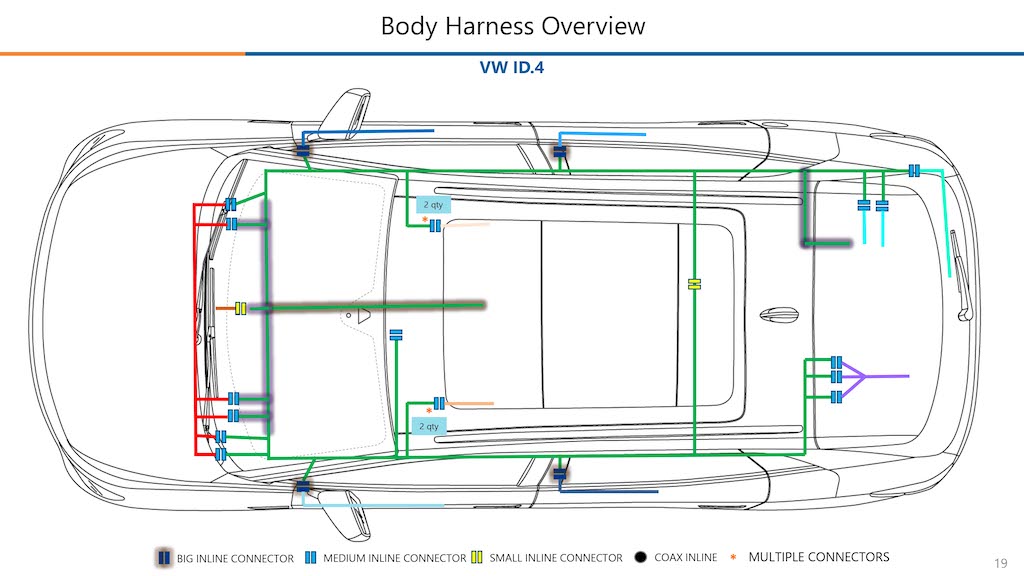
Figure 5. Volkswagen ID.4 body harness overview.
Caresoft has done many teardowns for VW and this represents a common theme throughout their product line. It’s a design that Matt thinks is very good overall. “You see the body harness in green and we highlighted (magenta) what should be the IP harness, but it’s the same body harness. What they do is build up the IP with this large harness then load it in and unfold through the rest of the vehicle. It takes care of the center console and also travels up towards the A pillars and back to the rear facia,” he detailed, noting this design is very innovative and efficient.
Matt pointed out that when you look at VW’s product offering, they have multiple model levels with multiple options within each. It forces them to do a build-to-VIN harness. “They haven’t necessarily simplified the architecture because they have had to deal with the complexities of multiple harnesses, so they’ve developed this method of building their harnesses to help take the some of the cost out of their build-to-VIN mindset.
To further exemplify this point, Matt drew attention to the black dots that represent in-line, coaxial connections. “Those connections are even more expensive, and you can see there isn’t an inline coax in the vehicle. They were able to take all of their antennas and run them as a continuous coax from the top, all the way down to the front. They really were able to take a lot of cost out of building a complex vehicle.”
Matt applauded VW’s efforts to get rid of interconnects. “They made this their industry standard as to how they’re going to put vehicles together. They reduced the number of large interconnects and simplified the overall design. It requires a very close relationship with their harness suppliers, but we haven’t seen this with any other manufacturer.”
Next up, depicted in figure 6, is the Lucid Dream.
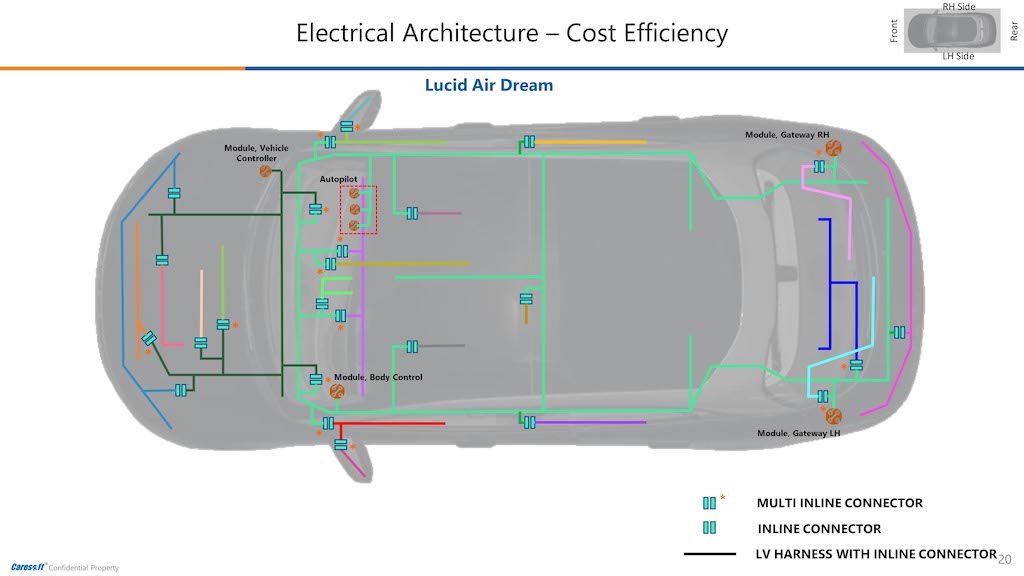
Figure 6. Lucid Dream body harness overview.
“It’s $175,000 car, it’s a new EV and it’s very exciting. Their chief engineer came from Tesla and was responsible for getting them more towards profitability, and we were very anxious to see it.” But, as Matt noted, from a harness perspective, it was very traditional with many interconnects. “We didn’t see them make the strides that we saw with VW.”
One thing Matt did note was the presence of four cornerstone vehicle control modules. These elements make this particular design significant in the discussion of efficiency. “When we look back at figure 1, the Lucid design represents that move towards vehicle centralized architecture. We are getting into modules here and it’s very important to understand that this level of regional central computing represents the latest in architecture advancement.”
In vehicle manufacturing today, it seems that no one has mastered the efficiency of electrical architecture more than Tesla (fig. 7).

Figure 7. Tesla Model Y body harness overview.
When viewed from a harness perspective, Matt suggested it doesn’t look all that revolutionary, with a main body harnesses and others for the IP, rear facia etc. “It’s about how they make the connections,” he revealed. “What’s unique about Tesla is that there are no interconnects between them. The IP harness, for example, never touches the body harness. It goes to what we have labeled as the BCM (fig 8). They build all of their interconnects through these controllers.”

Figure 8. Tesla control module.
This advanced use or regional computing represents the pinnacle of efficiency in the designs Matt and his team have analyzed. “The unique thing about Tesla is that they make one variant. I think the one option that they have on this car is a trailer harness, but beyond that everything is carryover. They don’t have a dozen body harnesses to choose from in assembly. They only have one. They build them all the same and then calibrate the software for the options the customer chooses.” He maintained the Model Y represents a very rapid engineering pace at Tesla and a huge leap forward from the Model 3. “It’s really refined architecture and really well thought out.”
Matt spent the last few minutes talking about Tesla’s innovation plans for the future. “Elon Musk has stated that he hates wire and wire harnesses,” Matt reminded. They are flexible and do not lend themselves to the sectional giga casting assembly Tesla is working on. For that they will need rigid conductors made of metal or conductive polymers. “I don’t think we are going to see that in the Cybertruck but I think for the next generation Model 3 or Model Y we are going to see a totally different mindset in the architecture and how things go together.”


